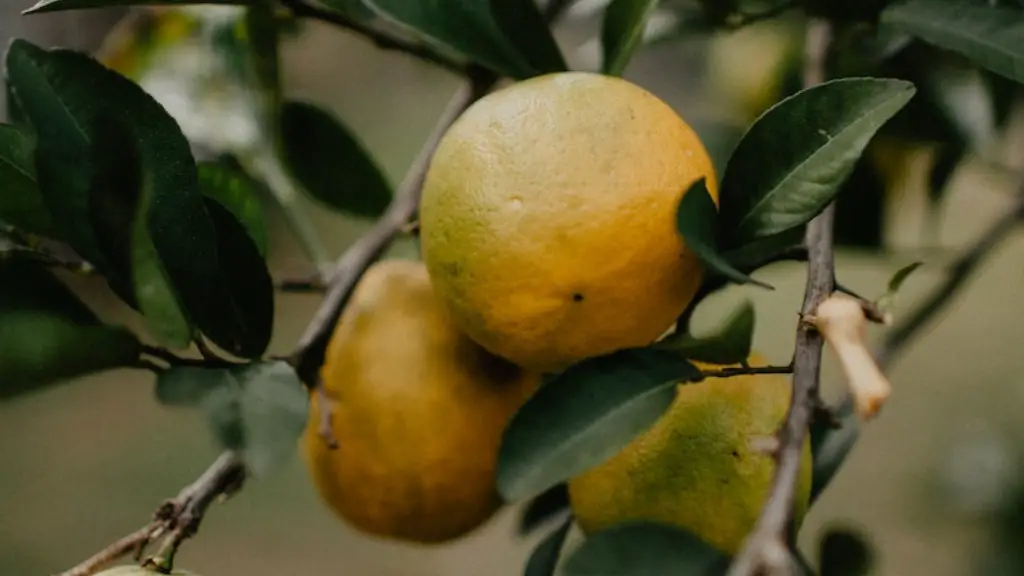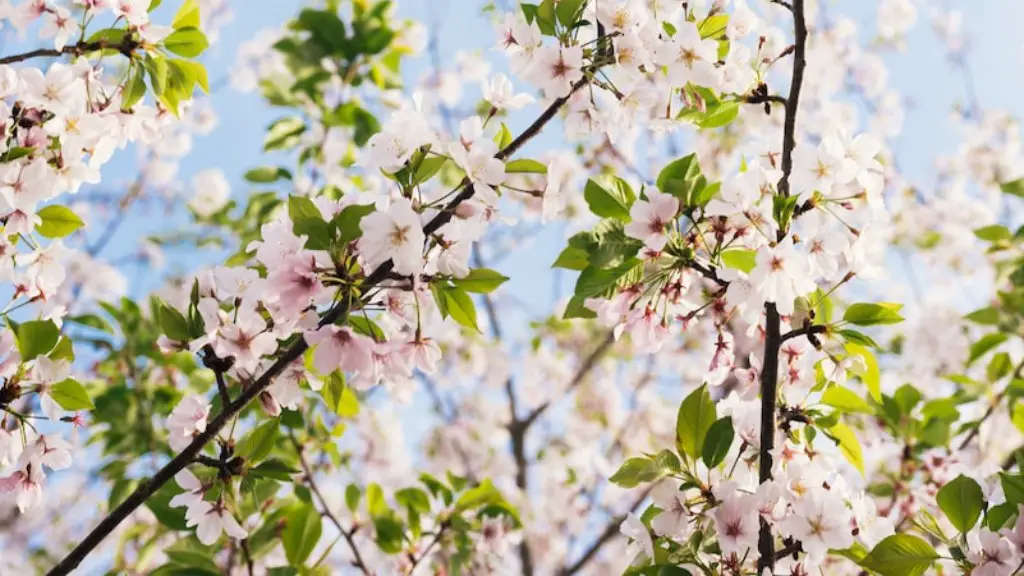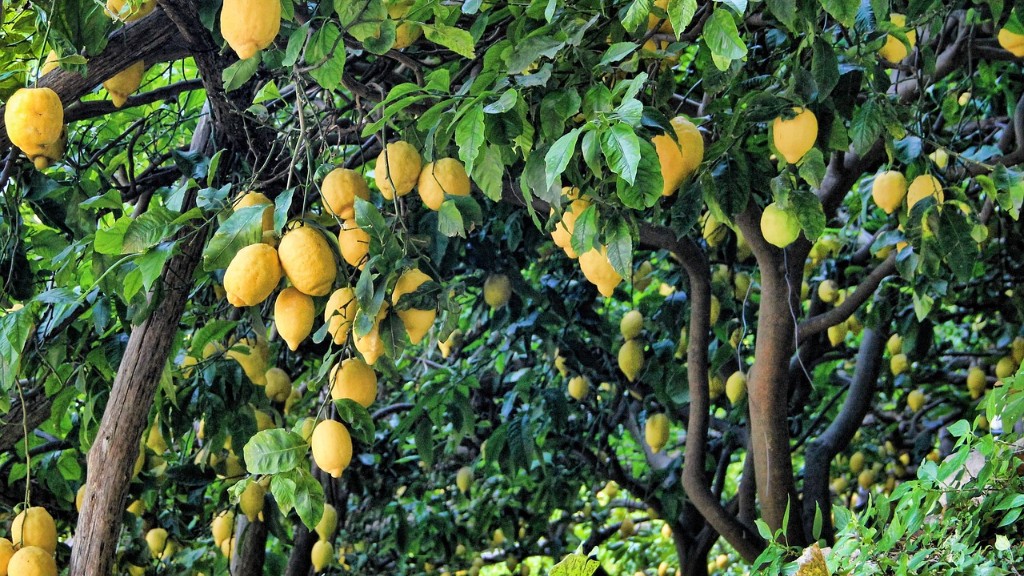Avocados are one of the most popular and beloved fruits around the world, known for their rich, creamy texture and the many health benefits they bring. For those looking to grow their own avocado tree, it is possible to plant and to nurture the tree yourself. This guide will help you to understand how to an avocado tree.
The first step in getting started is to choose a type of avocado tree that best suits your needs. If you live in a cold climate, then you will want to choose a cold-resistant variety. If you live in a dry climate, then a drought-tolerant variety may be best for you. There are also hybrid varieties available that can tolerate different climates.
It is important to choose the right kind of soil for your tree. An ideal soil pH is between 6.0 and 7.5. Avocado trees are not usually very picky when it comes to soil type, however it is best to avoid overly acidic or alkaline soils. Make sure to use soil that is well-draining with plenty of organic matter. Additionally, you will need to fertilize your tree regularly.
When planting an avocado tree, make sure to dig a large enough hole to accommodate the tree’s roots. The roots of an avocado tree tend to spread out in a wide circle. Being sure to plant the tree deep enough to ensure the roots are stable is essential. If you’re planting more than one tree, be sure to keep about 20 feet of distance between each one.
When planting a mature tree, it is important to prune it correctly. This will ensure the tree is able to reach its fullest potential. Prune back any dead or weak growth and make sure the tree is in good shape before planting. When it comes to caring for your tree, the most important factors are regular watering, adequate sunlight, and proper pruning.
In order to give your tree the best chance of bearing fruit, be sure to pollinate it. Pollination can be achieved by hand with a soft brush or by using other pollinators such as bees. The best time to pollinate avocado trees is in the morning, as the pollen is most likely to be transferred during this time.
Avocado trees are relatively easy to care for, but they do require some attention. It is important to regularly inspect the tree for any pests or diseases and be sure to address them as soon as possible. If necessary, you can use an appropriate insecticide or fungicide to keep the tree healthy and free from any unwanted pests or diseases.
In order to get the best possible crop of avocados from your tree, make sure to pick them when they are ripe. To tell if an avocado is ripe, look for dark green or black skin and a slight give when touched. If harvesting isn’t done when the avocados are ripe, doing so too soon can mean the difference between having a great crop and having a poor one.
Providing Protection From Wind and Frost
Avocado trees require protection from wind and frost as these can damage the tender leaves and potentially even kill the tree. An ideal spot is one that is sheltered from strong winds and receives lots of light. A south-facing wall or fence will help to provide some protection from the wind and some mild frost protection.
If necessary, you can also construct windbreaks and frost shelters. Windbreaks can be made of boards or mesh netting while frost shelters can be made of straw, burlap, or other protective material.
It is also important to keep the temperature consistent around the avocado tree. Planting near bodies of water or near reflective materials like white painted walls or pavement can help to provide some extra heat that can be beneficial during the cold season.
Watering and Fertilizing the Avocado Tree
Avocado trees should be watered deeply but infrequently when they are established and healthy. During dry periods, water can be supplied more frequently and a good drink of water at the end of the growing season can help to ensure good fruit the following season. Fertilizing should also be done on a regular basis in order to help strengthen the tree’s roots, promote strong growth, and support fruit production.
Fertilizers with a higher nitrogen content should be applied after planting, while fertilizer that is higher in phosphorous should be applied before fruit likely starts to develop. An easy way to tell when to fertilize is to look for signs of healthy growth. The addition of mulch around the tree is also a good way to boost fertilizer.
Grafting Avocado Trees
Grafting can be used to improve the flavor, size, or production of certain varieties of avocado tree. Grafting involves taking a cutting from one tree and attaching it to another, combining the two to form a new tree. This process can be used to combine two different varieties of avocado and can be helpful in making sure that a tree is more likely to bear fruit.
Grafting requires some specialized knowledge and may be best left to an expert. It is important to make sure that both the rootstock and scion are healthy before beginning the grafting process as both need to be strong and resistant in order for the new tree to survive.
Harvesting Avocados
When harvesting avocados, be sure to not pull too hard or to tug them off the tree. Instead, cut the branches off with a sharp knife and remove the fruit from the stem. When harvesting, be gentle and take care to avoid any unnecessary damage to the tree.
Avocados can be stored for several days before eating. Unripe avocados will continue to ripen over time and can be stored at room temperature for up to a week. Most ripe avocados, however, should be consumed within a few days to ensure the best flavor.
Diseases and Pest Control
Avocado trees can be affected by a variety of diseases and pests, so it is important to be aware of the potential problems and to know how to address them. Bacterial spot is a common infection that can cause spotting on the leaves and fruit, while root rot can cause quick weakening and death of the tree. Fungal infections like powdery mildew and anthracnose can also affect the tree.
Pests such as aphids and mites can also cause damage. The best way to protect your tree from pests and diseases is to keep it healthy and strong. Inspect the tree regularly and treat any problems as soon as possible. Keep the foliage dry to prevent fungal infections and regularly prune to keep pests at bay.
Using Avocado Trees as Ornamental Shade Trees
Avocado trees make excellent shade trees and can provide beauty and protection from the sun. They can be pruned to form attractive or interesting shapes, or can be left alone to reach their full size and shape. When grown in the right environment, avocado trees can grow quite tall and wide.
In addition to providing shade and visual interest, fruit can also be harvested from the tree. Before harvesting, be sure to check the size and flavor of the fruit, as not all varieties of avocado trees will produce the same flavor or quantity of fruit.
Avocado trees can also be shaped into topiary figures or shaped like bonsai trees. Pruning to form interesting shapes requires patience and skill, but can be a fun way to enjoy these trees. When shaping trees, be sure to take the necessary precautions to keep the tree healthy.




